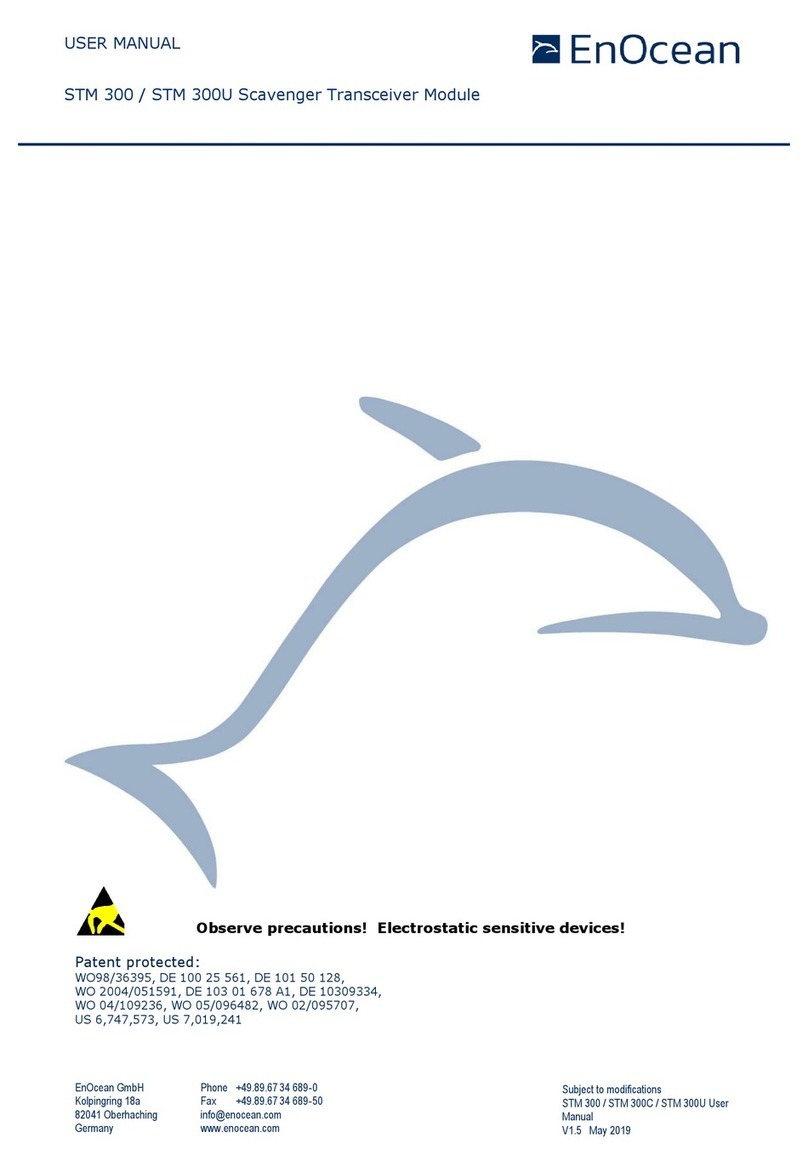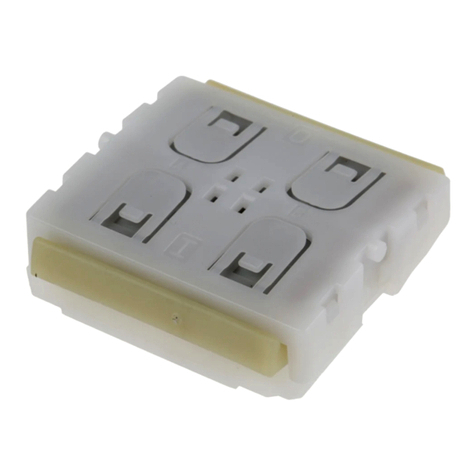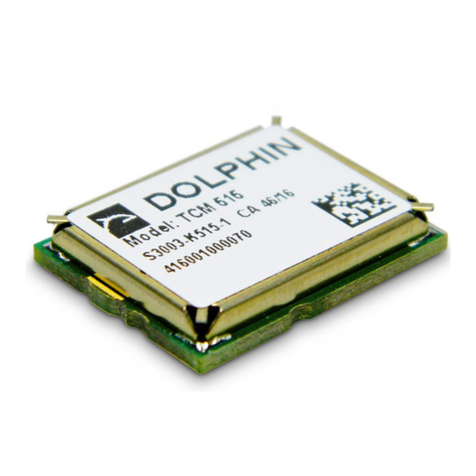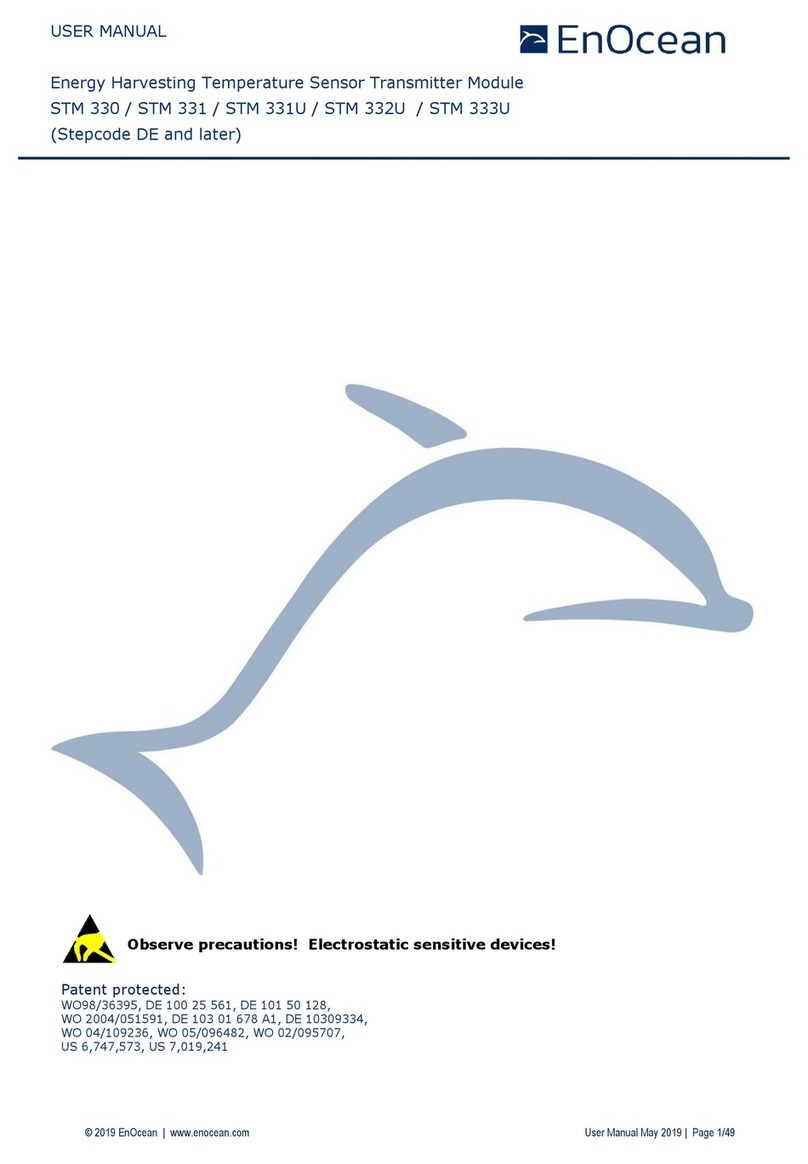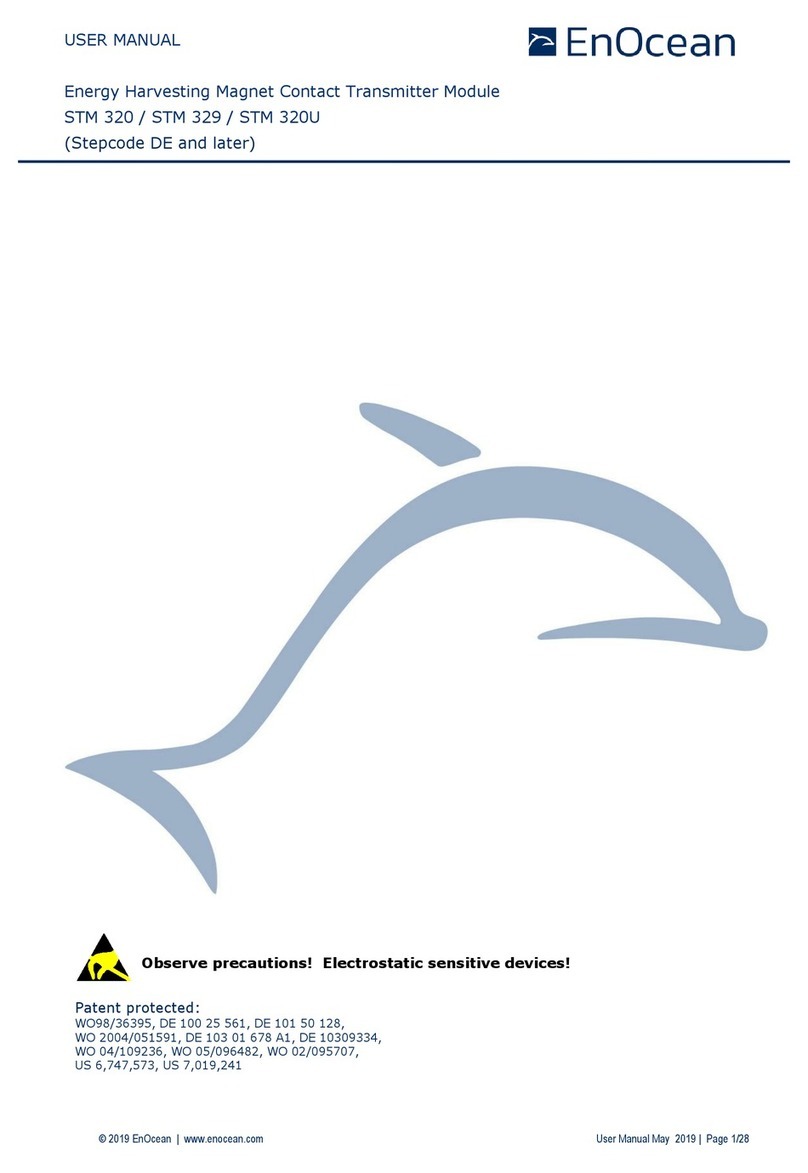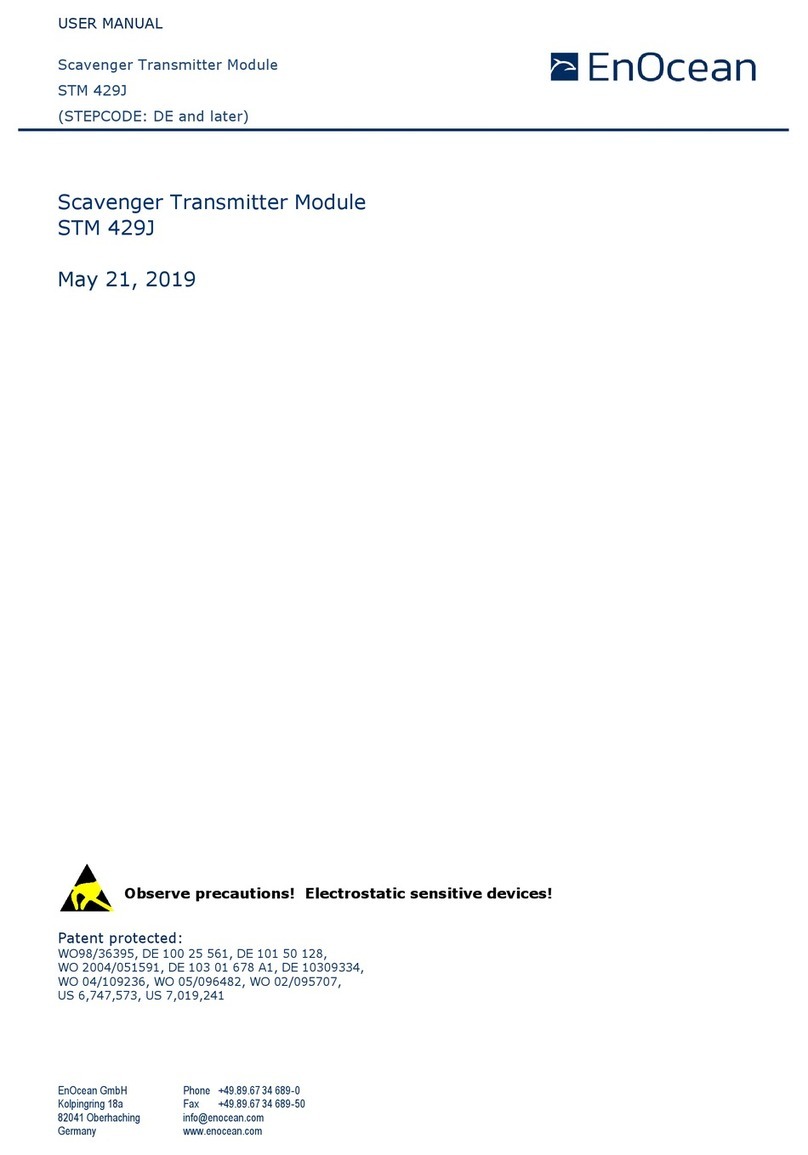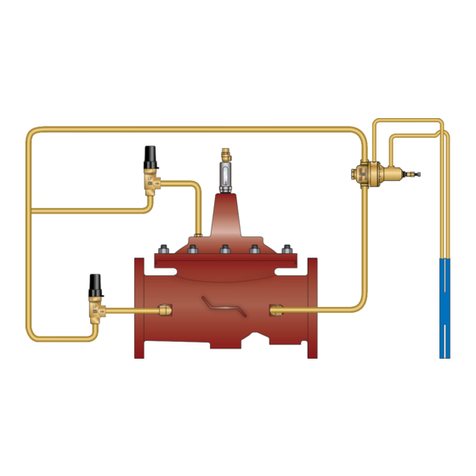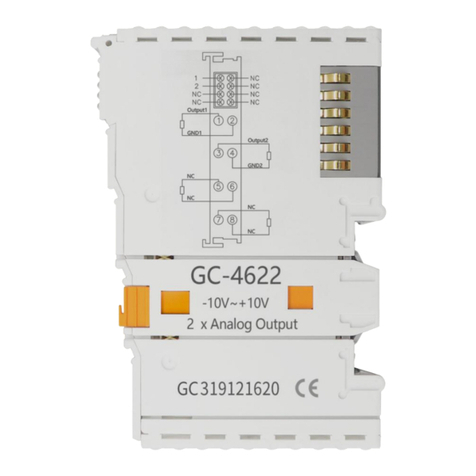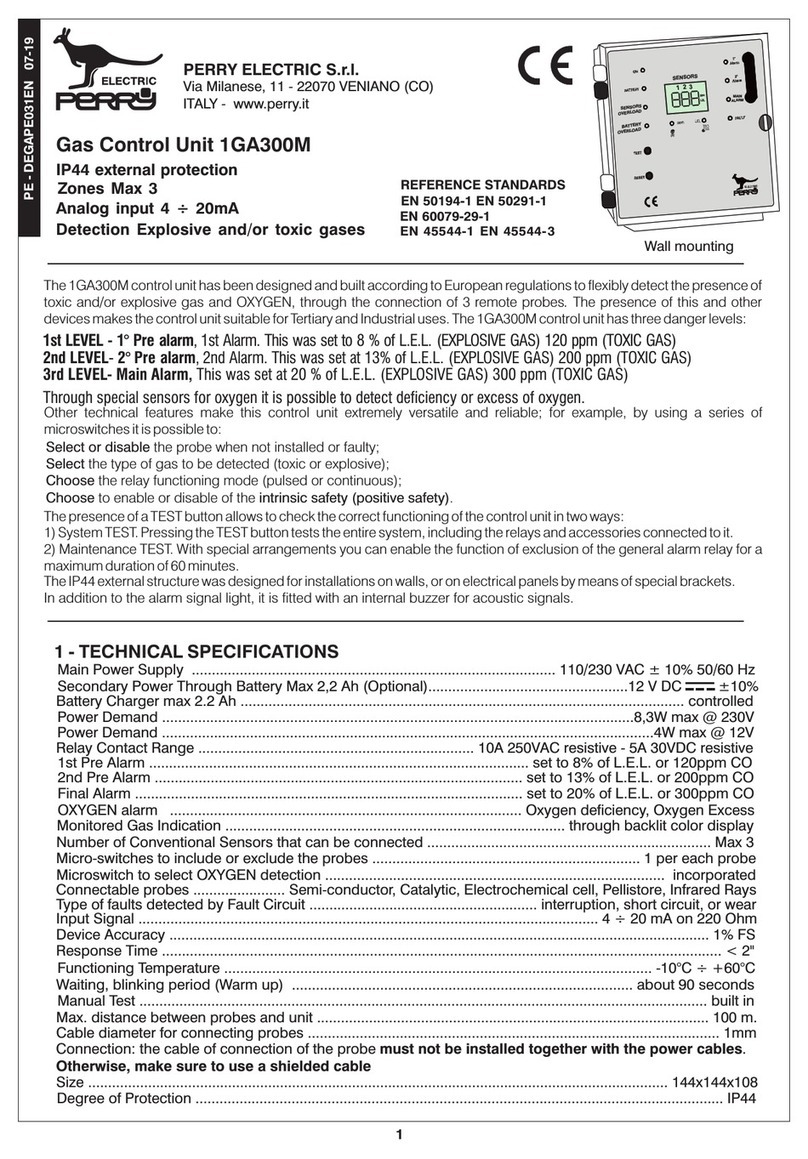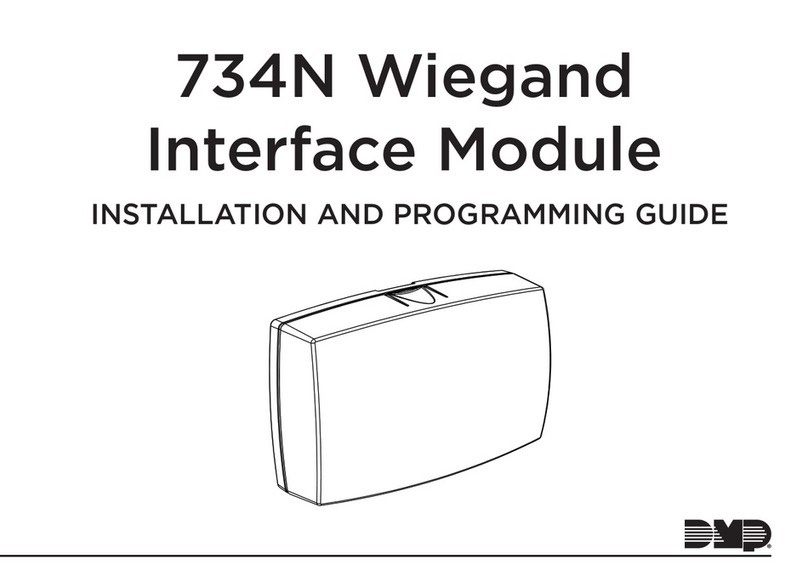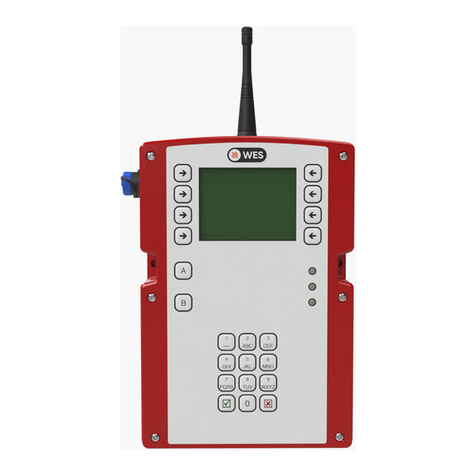EnOcean PTM 240C User manual











Table of contents
Other EnOcean Control Unit manuals
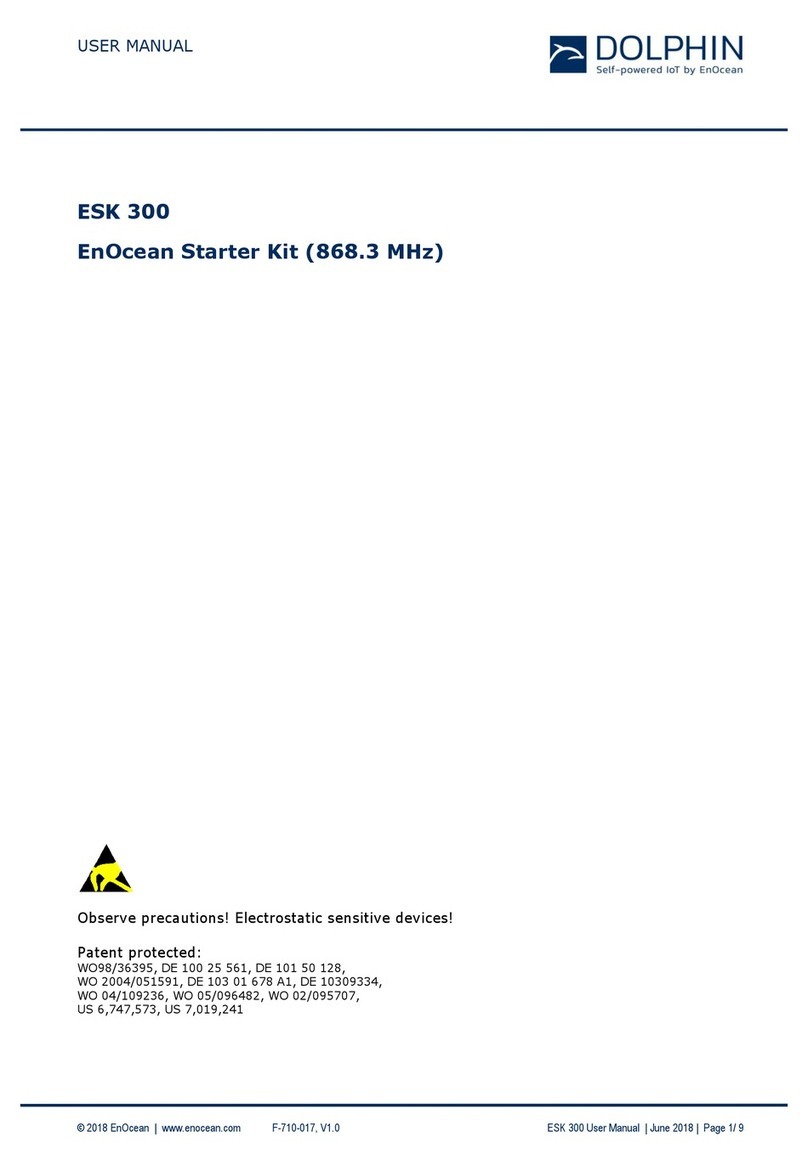
EnOcean
EnOcean ESK 300 User manual

EnOcean
EnOcean ESK 300 User manual

EnOcean
EnOcean TCM 320U User manual
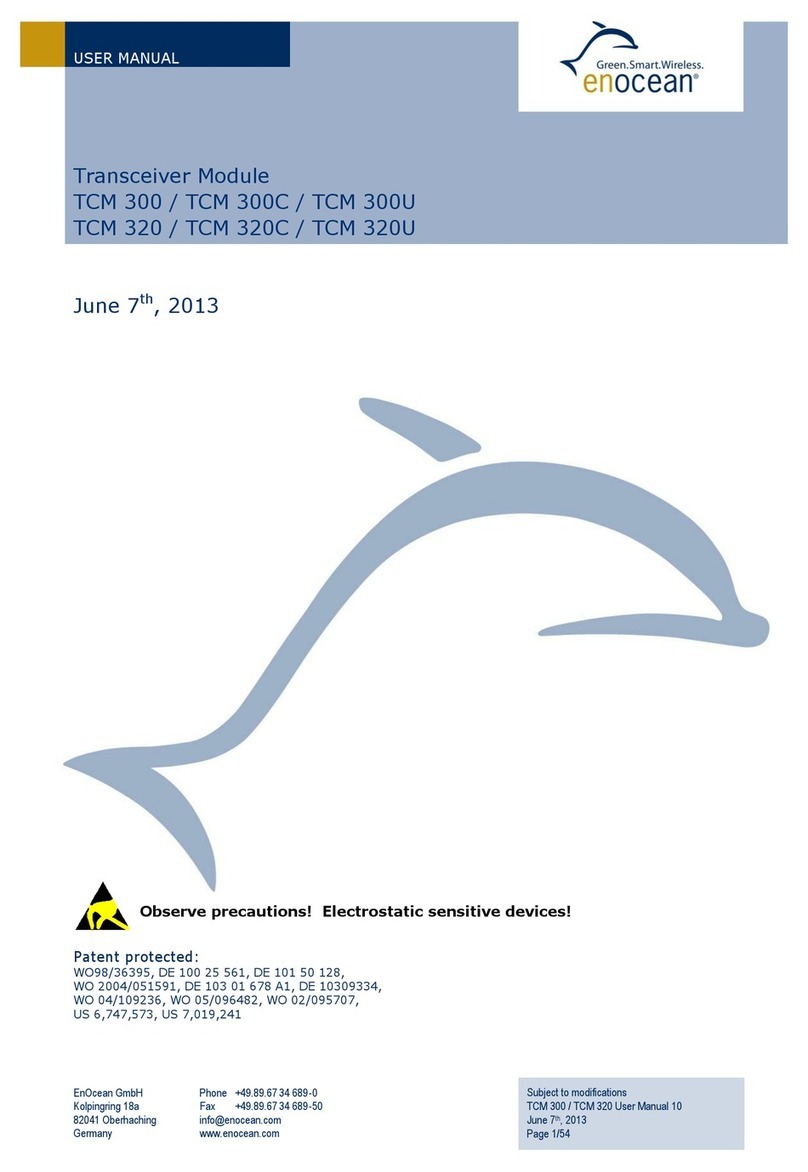
EnOcean
EnOcean TCM 300C User manual
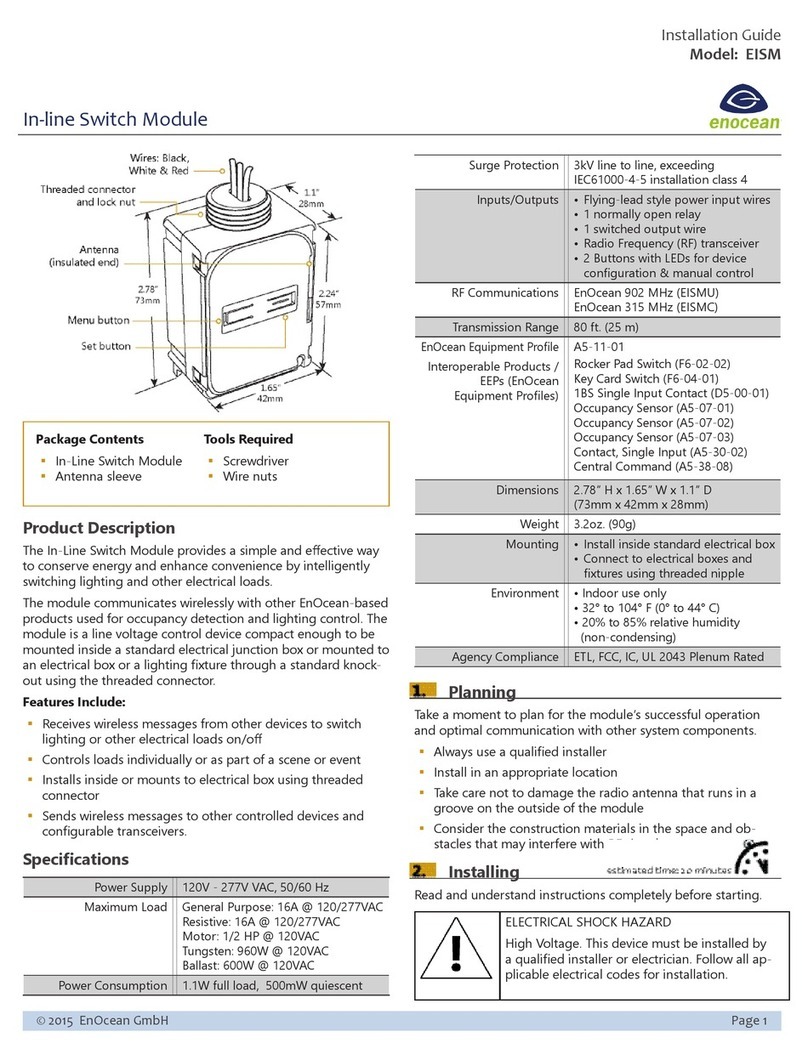
EnOcean
EnOcean EISM User manual
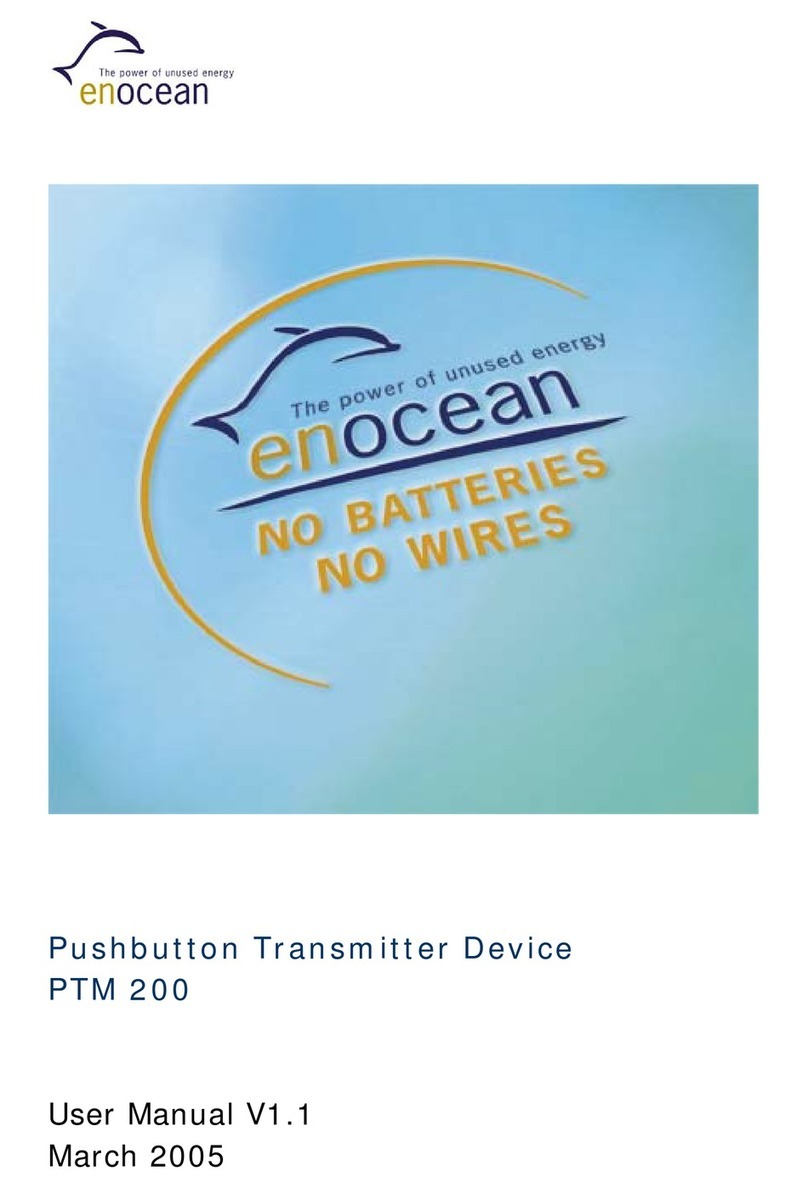
EnOcean
EnOcean PTM200 User manual

EnOcean
EnOcean TCM 300 User manual
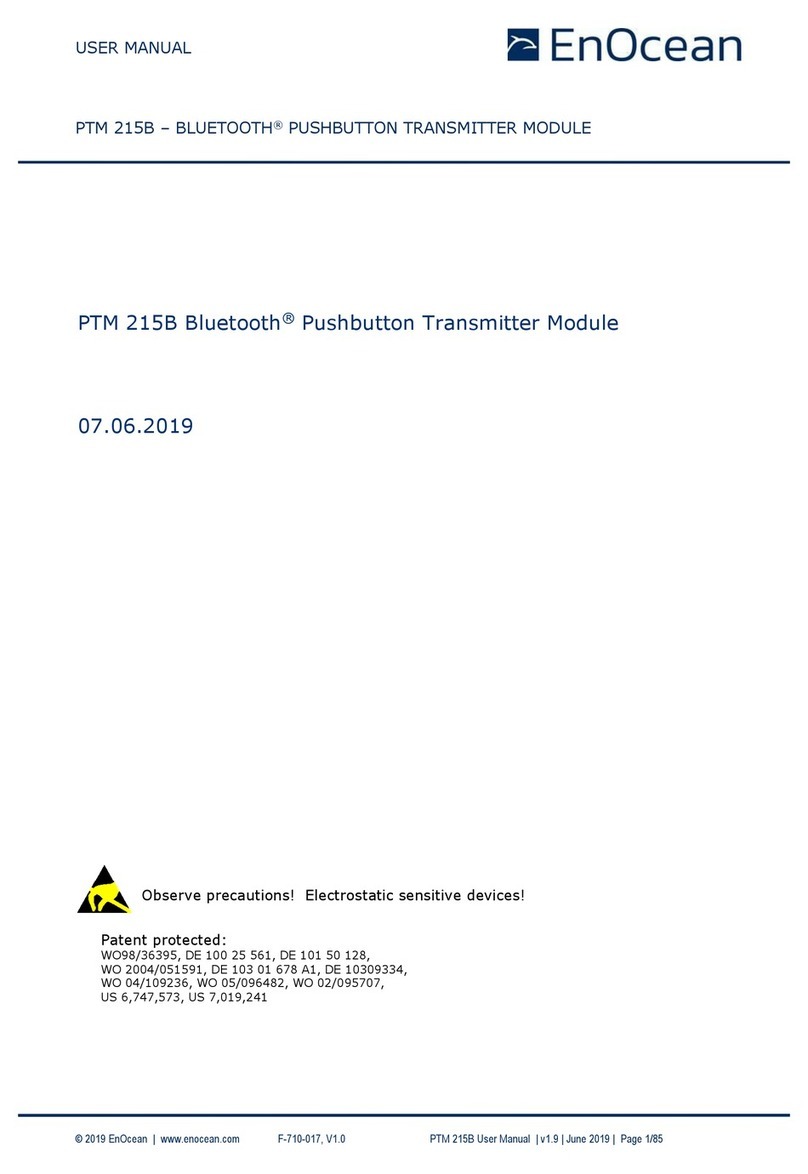
EnOcean
EnOcean PTM 215B User manual
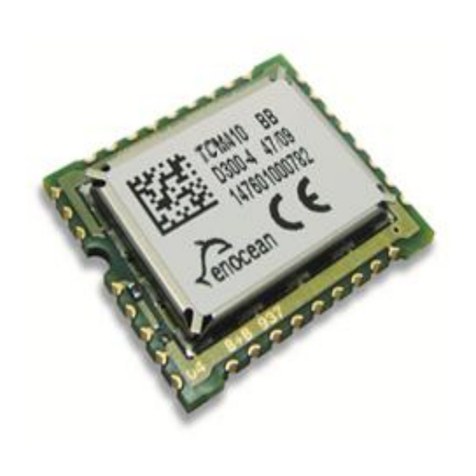
EnOcean
EnOcean TCM 410J User manual

EnOcean
EnOcean RCM 110 User manual
Popular Control Unit manuals by other brands
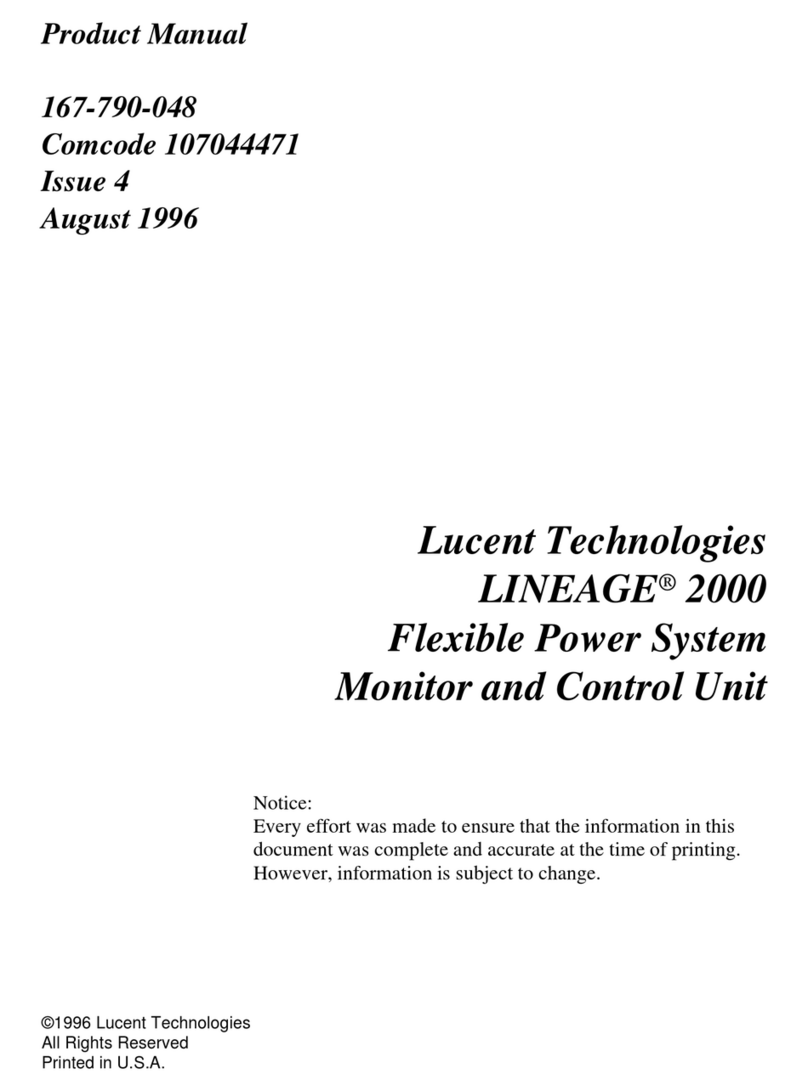
Lucent Technologies
Lucent Technologies LINEAGE 2000 FPS product manual

Bosch
Bosch OMNEO OM-1 manual
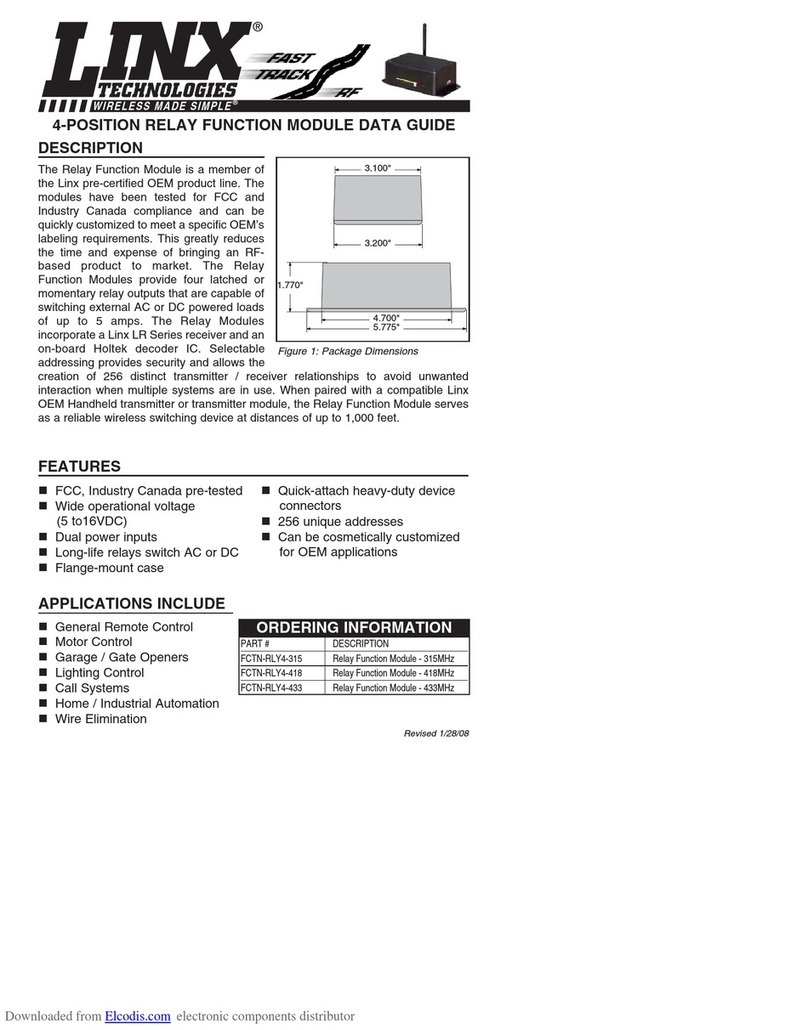
Linx Technologies
Linx Technologies FCTN-RLY4-315 manual
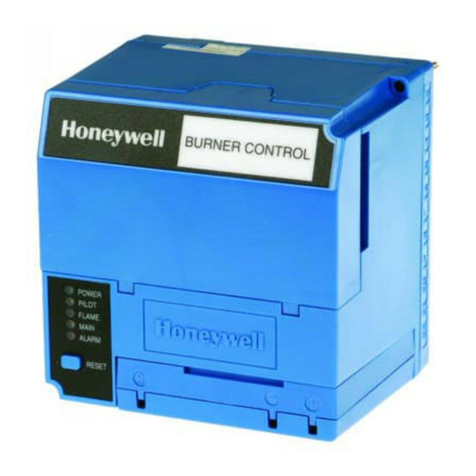
Honeywell
Honeywell 7800 SERIES manual

FLOWROX
FLOWROX SKF DN700 Installation, operation and maintenance instructions
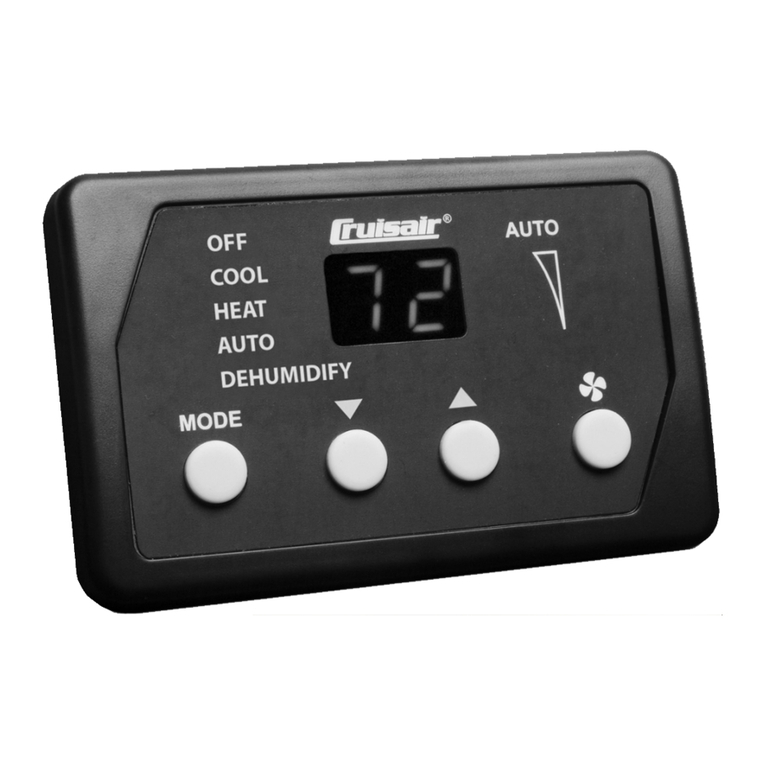
Dometic
Dometic Q3 Operation manual
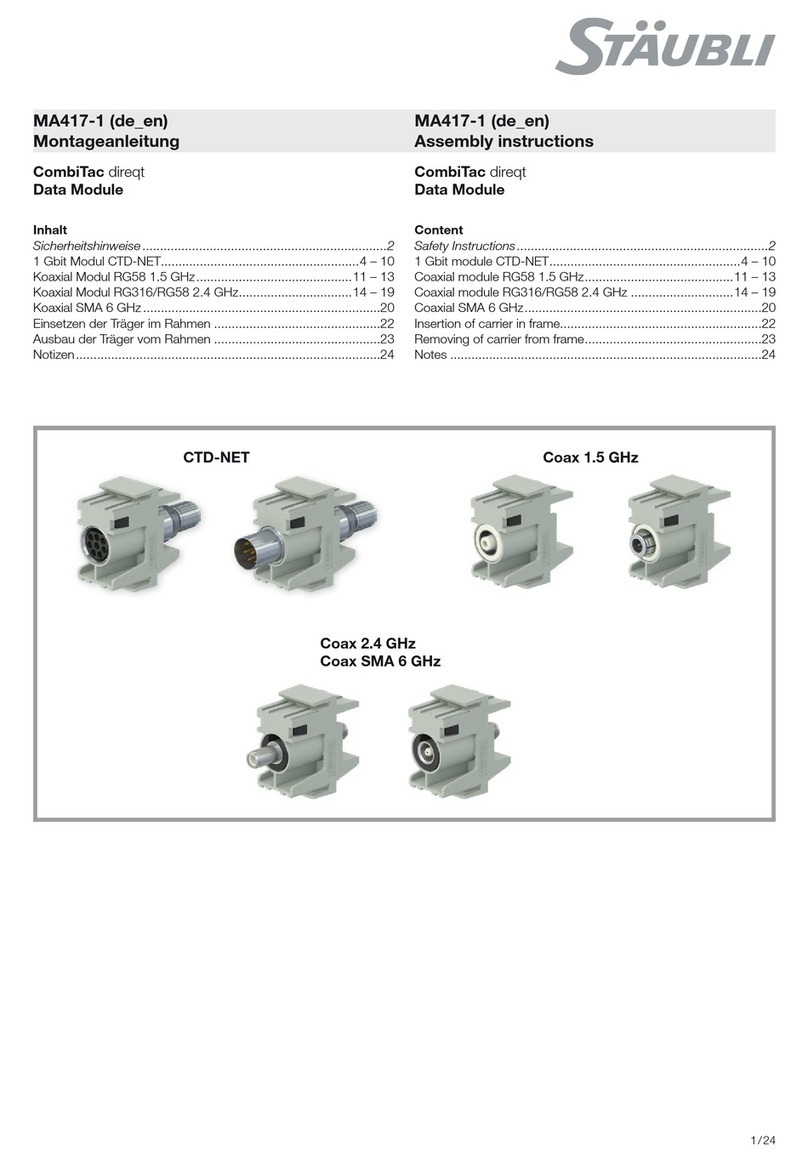
Staubli
Staubli CombiTac direqt CTD-NET Assembly instructions
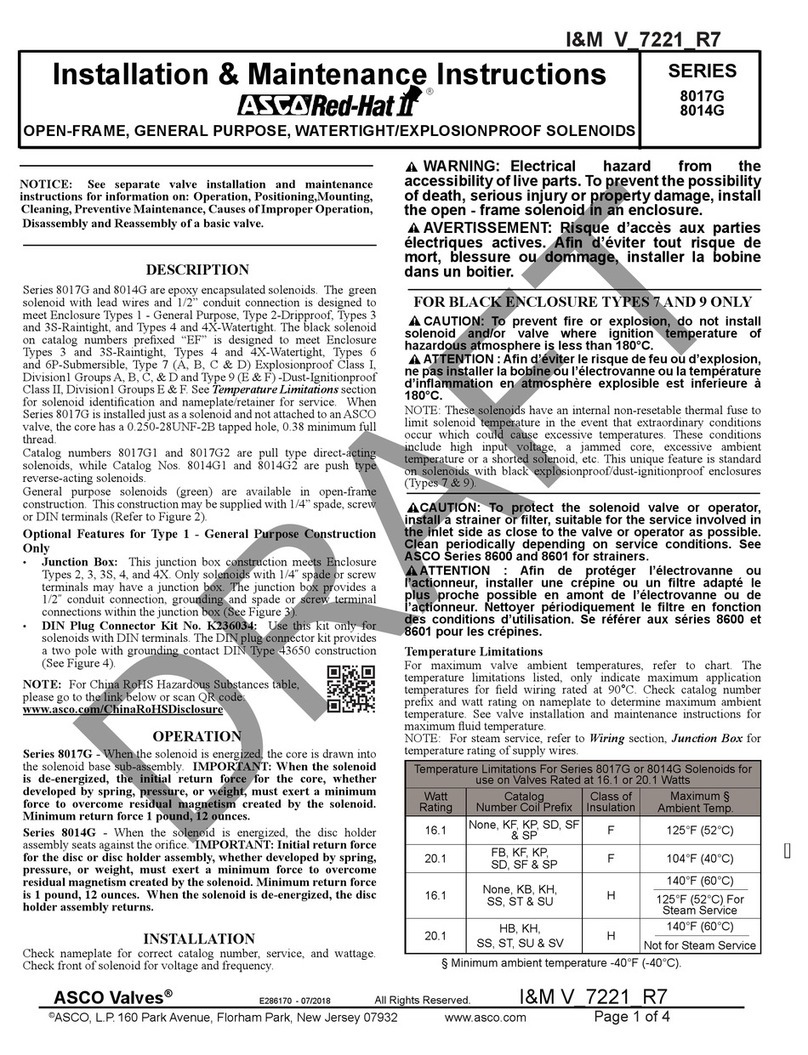
ASCO Valves
ASCO Valves Red-Hat II 8017G Series Installation & maintenance instructions
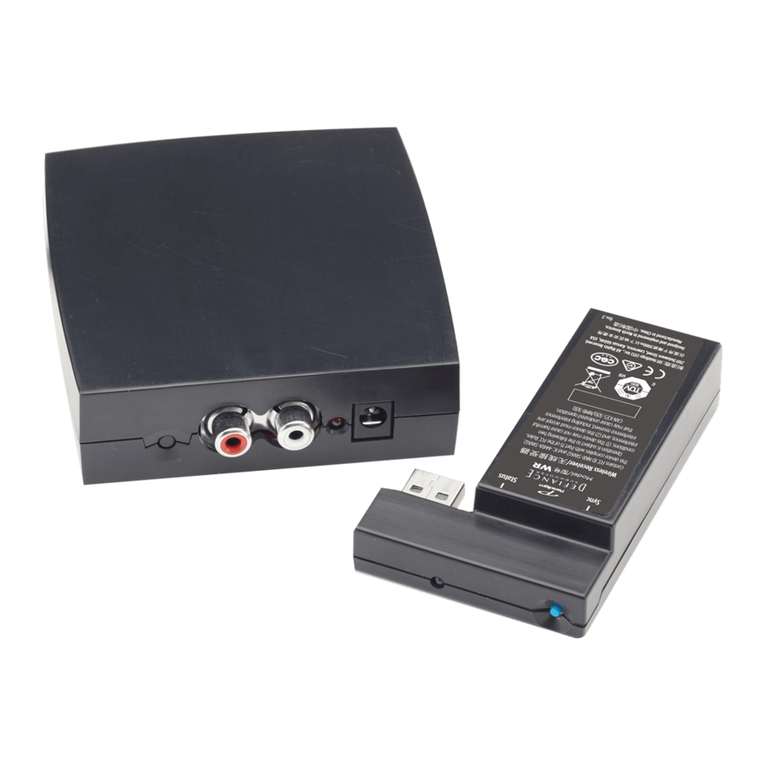
Paradigm
Paradigm Defiance WT owner's manual
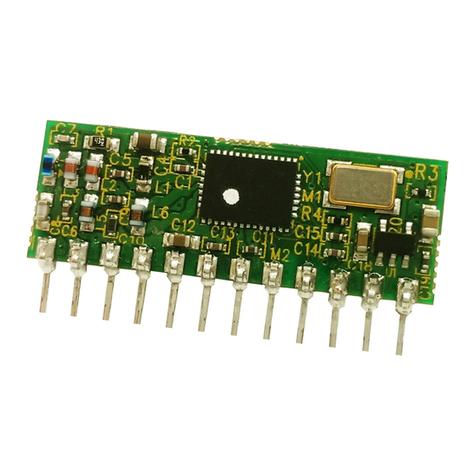
RF SOLUTIONS
RF SOLUTIONS DS-KAPPA-T868-2 quick start guide

VAT
VAT 244 Series Installation, operating, & maintenance instructions
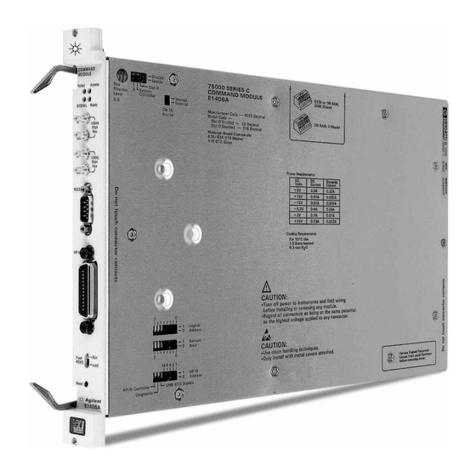
Keysight Technologies
Keysight Technologies VXI bus 75000 C Series Service guide
